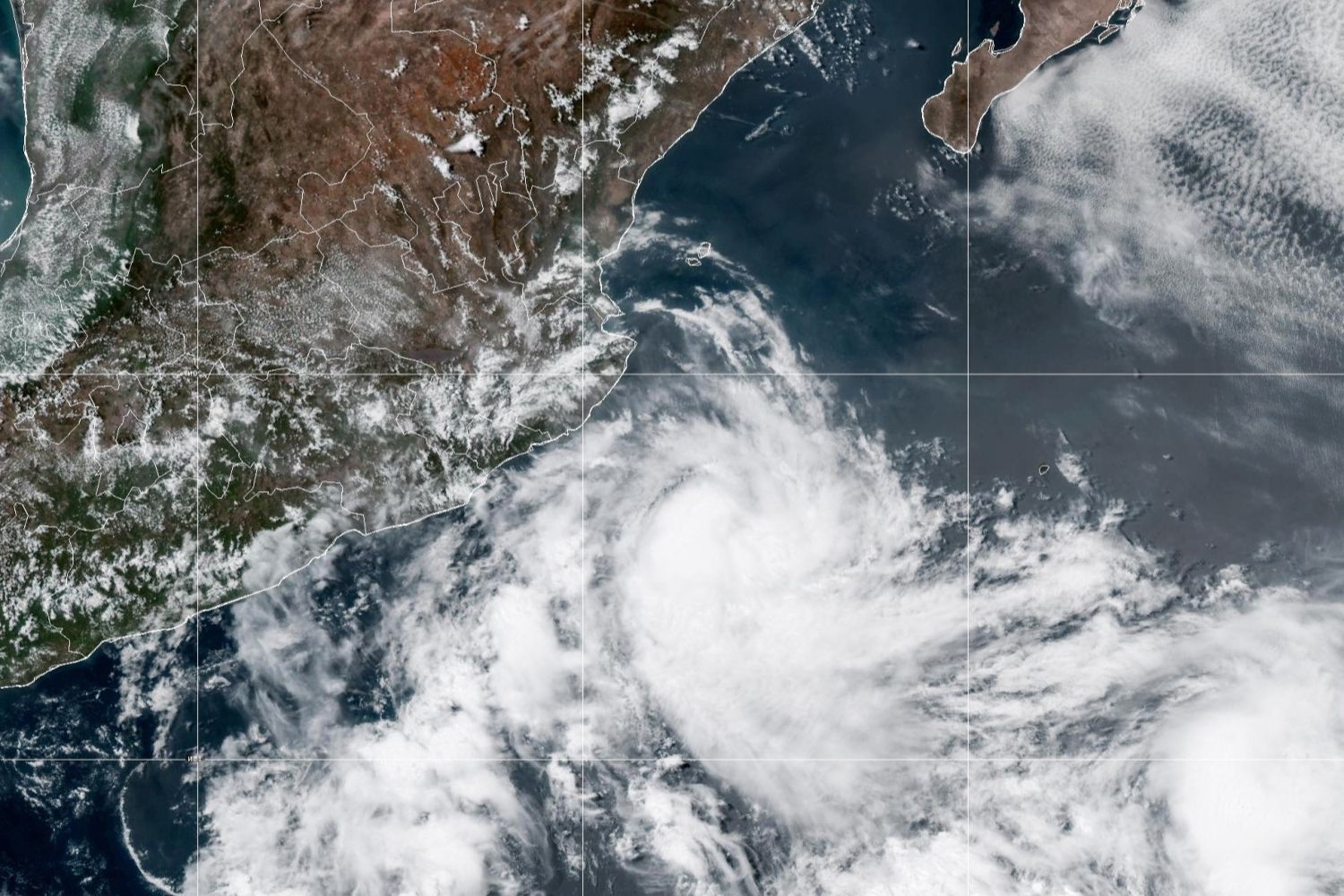
Hurricane Barbara is a name that has appeared multiple times in the history of tropical storms. But what makes this hurricane so memorable? Hurricane Barbara has left its mark with powerful winds, heavy rainfall, and significant damage. This storm has affected various regions, causing both destruction and awe. From its formation to its impact, Hurricane Barbara has been a subject of interest for meteorologists and weather enthusiasts alike. Whether you're curious about its origins, its path, or the aftermath, there are many intriguing facts to uncover. Let's dive into 15 fascinating details about Hurricane Barbara that highlight its significance and the lessons learned from its powerful presence.
The Formation of Hurricane Barbara
Hurricane Barbara, a notable storm in meteorological history, has several fascinating aspects. Let's dive into some intriguing facts about this powerful hurricane.
-
Hurricane Barbara originated in the Eastern Pacific Ocean. This region is known for spawning many hurricanes due to its warm waters and favorable atmospheric conditions.
-
Barbara formed on July 2, 2013. The storm quickly gained strength, becoming a significant weather event in a short period.
-
It reached its peak intensity on July 4, 2013. With maximum sustained winds of 155 mph, Barbara became a Category 4 hurricane on the Saffir-Simpson Hurricane Wind Scale.
The Path and Impact of Hurricane Barbara
Understanding the path and impact of Hurricane Barbara provides insight into its power and the areas it affected.
-
Barbara followed a west-northwest trajectory. This path took it away from major landmasses, reducing its potential for widespread damage.
-
The hurricane did not make landfall. Despite its intensity, Barbara remained over open waters, sparing coastal regions from direct impact.
-
Heavy rainfall was reported in some areas. While the hurricane stayed offshore, outer rainbands brought significant rainfall to parts of Mexico and Central America.
Meteorological Characteristics of Hurricane Barbara
The unique meteorological characteristics of Hurricane Barbara make it a subject of interest for weather enthusiasts and scientists alike.
-
Barbara had a well-defined eye. This feature is typical of strong hurricanes and indicates a highly organized storm structure.
-
The hurricane exhibited rapid intensification. Within 24 hours, Barbara's wind speeds increased dramatically, showcasing the storm's potential for sudden strengthening.
-
It maintained hurricane status for several days. Barbara remained a hurricane from July 2 to July 6, 2013, demonstrating its resilience and longevity.
Records and Comparisons
Hurricane Barbara holds several records and comparisons that highlight its significance in hurricane history.
-
Barbara was the second earliest Category 4 hurricane in the Eastern Pacific. Only Hurricane Ava in 1973 reached this intensity earlier in the season.
-
It was one of the strongest hurricanes of the 2013 Pacific hurricane season. Barbara's peak intensity placed it among the top storms of that year.
-
The storm's rapid intensification was notable. Few hurricanes have shown such a quick increase in strength, making Barbara a case study for meteorologists.
Aftermath and Legacy
The aftermath and legacy of Hurricane Barbara continue to influence how we understand and prepare for future hurricanes.
-
Barbara's remnants contributed to weather patterns in the Central Pacific. As the storm weakened, its remnants interacted with other weather systems, affecting conditions in the region.
-
The hurricane prompted discussions on climate change. Scientists studied Barbara to understand how warming ocean temperatures might influence hurricane formation and intensity.
-
Barbara remains a reference point for future storms. Meteorologists use data from Barbara to improve forecasting models and better predict hurricane behavior.
Hurricane Barbara's story is a testament to the power and unpredictability of nature. Each fact about this storm adds to our understanding of hurricanes and their impact on our world.
Final Thoughts on Hurricane Barbara
Hurricane Barbara was one for the books. It showed us nature's raw power and the importance of being prepared. With winds reaching 155 mph, it was a force to be reckoned with. The storm caused significant damage but also brought communities together. People helped each other rebuild and recover, showing the resilience of the human spirit.
Barbara's rapid intensification was a reminder of how quickly weather conditions can change. It highlighted the need for accurate forecasting and timely warnings. Scientists continue to study hurricanes like Barbara to improve prediction models and save lives.
Understanding these facts about Hurricane Barbara helps us appreciate the complexities of weather systems. It also underscores the importance of disaster preparedness. As we face future storms, lessons learned from Barbara will guide us in protecting lives and property. Stay informed, stay safe, and always be ready for what nature might throw our way.
Was this page helpful?
Our commitment to delivering trustworthy and engaging content is at the heart of what we do. Each fact on our site is contributed by real users like you, bringing a wealth of diverse insights and information. To ensure the highest standards of accuracy and reliability, our dedicated editors meticulously review each submission. This process guarantees that the facts we share are not only fascinating but also credible. Trust in our commitment to quality and authenticity as you explore and learn with us.
